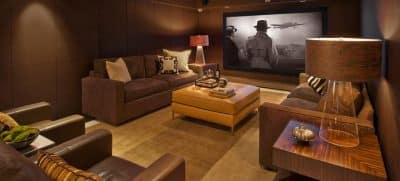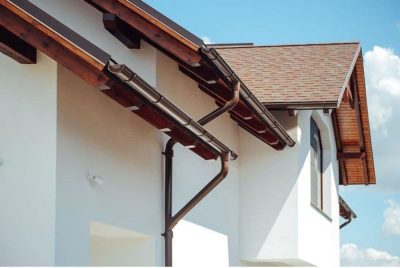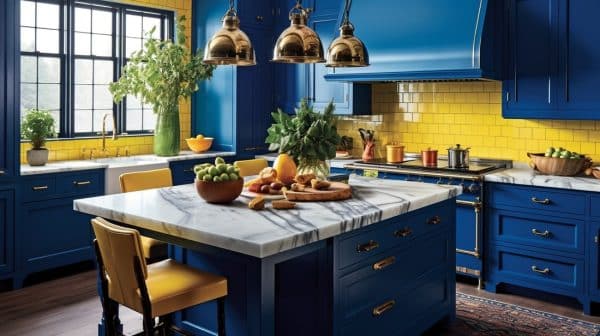
Designing and furnishing perfect student housing requires careful thought to create an inviting, functional, and aesthetically pleasing space for student residents. A student’s living space is integral to supporting well-being and productivity and creating a sense of community. This article offers practical tips for designing and furnishing ideal student living arrangements.
Space Optimization: Optimizing Every Square Foot
Students living in limited spaces face a unique design challenge: limited floor space requires an innovative and strategic approach when selecting furniture. Achieve optimal space utilization through multifunctional furniture selection (think lofted beds with ingeniously designed study areas underneath or furniture that transforms one piece into multiple components), such as lofted beds with clever study areas underneath can help maximize floor space efficiency by using only one part. Doing so opens up valuable floor area and brings added efficiency into a room’s layout design.
Vertical storage solutions are essential in keeping living environments organized without succumbing to clutter. Leveraging both bookshelves that soar upward and wall-mounted organizers ensures personal belongings have designated spots without crowding out other activities in a room’s footprint. Using both dimensions simultaneously, student accommodation can become organized yet visually spacious havens conducive to study and relaxation.
Comfortable and Durable Furniture: Investing in Quality Living Space
Student living spaces should provide a relaxing, conducive space for studying, relaxation, and personal reflection. Furniture must be comfortable and durable to withstand the rigorous rigors of student life; quality mattresses, ergonomic chairs, and sturdy desks must all play their parts to create an environment conducive to academic pursuits and restful breaks from studying.
Materials are essential in maintaining an ideal student living experience amidst daily wear and tear. Choose furniture made of comfortable yet easy-care materials; investing in these pieces ensures an environment conducive to academic pursuits and extends its longevity, thus improving overall student living experiences.
Functional Workspaces: Building Environments to Support Academic Success
Designing student housing means more than providing beds; it involves designing functional workspaces to support academic endeavors. Practicality is the game’s name here, starting with well-lit desks offering ample room for focused study sessions. Power outlets nearby ensure seamless integration of electronic devices.
Storage solutions in workspaces are essential to creating a clutter-free environment where books, stationery, and study materials have a place in reach that promotes organization and focus. When properly planned and designed, these functional areas become much more than mere living quarters; they become centers for academic excellence and intellectual growth. Check the link in case you search “I need help with my paper” and get professional support.
Community and Social Areas: Building Connections Beyond the Room
Student housing should be seen as more than isolated living quarters but instead vibrant communities where connections thrive. Design can play a crucial role in creating such environments by creating shared spaces tailored for socializing and collaboration, such as common areas featuring comfortable seating arrangements, communal tables, and recreational activities that create an inviting atmosphere where students can connect, share experiences, and form lasting bonds.
Implementing kitchenettes within communal spaces helps further reinforce the idea of shared living. Encouraging shared meals and gatherings transforms these areas into hubs of social interaction, breaking down isolation and enriching the overall living experience. An enduring sense of belonging can be fostered by carefully designing communal spaces in student housing.
Personalization and Flexibility: Tailoring Spaces to Individual Tastes
Recognizing that each student’s tastes and preferences vary, student housing should provide a space that encourages personalization. This can be accomplished by selecting neutral yet adaptable furniture as the backdrop for personal touches and decor – giving students the chance to infuse their identities through decor and accessories that express who they are in their living spaces.
Flexibility should be at the core of design when considering student life. Furniture that can be reconfigured to adapt to changing needs and preferences throughout an academic year enables an ever-evolving living environment, making student housing an adaptable sanctuary that evolves with student life dynamics.
Inclusive Design: Addressing Varying Needs
Inclusivity should be at the heart of student housing design, ensuring all spaces are accessible for students regardless of physical ability or disability. Inclusive design includes considering mobility challenges while including features that meet diverse needs and preferences for creating an inclusive community atmosphere that welcomes all types of learners. This approach fosters an environment that welcomes and supports diverse student populations.
Elements such as ramps, wider doorways, and accessible amenities all contribute to an inclusive living space in student housing. By adopting universal design principles into its plans, student housing becomes an environment where everyone feels accommodated and valued – meeting present-day needs and futureproofing its relevance for generations yet unborn.
Technology Integration: Addressing the Needs of an Emergent Generation
Recognizing the increasing dependence on technology in student life, housing designers must incorporate technologically friendly features into student housing designs. This involves installing enough power outlets strategically placed around rooms to accommodate laptops, smartphones, and other electronic devices; additionally, high-speed internet access should be optional as part of digital academic pursuits. Check more info on why technology is important for students.
Tech-friendly furniture with built-in charging stations facilitates seamless technology integration into living environments. Designing study areas to accommodate laptops and other devices ensures student housing remains an advanced space that enhances academic pursuits in today’s digital age. By catering to these needs, student housing becomes an environment that fosters academic purposes within student-living communities.
Natural Lighting and Ventilation Solutions: Fostering Healthy Environments
Natural lighting and ventilation are invaluable in creating an atmosphere conducive to wellness and energy in any living space. By prioritizing these elements, they help foster an ideal setting that supports academic endeavors and relaxation activities. Window treatments are pivotal in providing adjustable light levels and encouraging airflow.
Well-lit spaces create an environment conducive to focused study and an enjoyable living experience. At the same time, adequate ventilation ensures fresh air flows freely, contributing to residents’ overall well-being and helping promote academic success and personal development. Academic success and personal growth become tangible goals by prioritizing natural lighting and ventilation in student housing environments.
Sustainable Practices: Fostering Environmental Responsibilities
Perfect student housing design should incorporate environmentally sustainable practices. This means selecting eco-friendly materials, prioritizing energy-saving lighting solutions, and including water-saving fixtures.
Student housing that adheres to sustainable design principles provides a welcoming space and showcases environmental responsibility.
Encourage recycling initiatives within student housing communities to foster an ethos of sustainability among residents. Through engaging in environmentally friendly practices, residents become responsible stewards of the environment – contributing to an overall movement towards more accountable living habits. Sustainable practices align with global environmental goals while instilling responsibility within their student population.
In conclusion, designing and furnishing perfect student housing goes beyond aesthetics. It must consider functionality, inclusivity, sustainability, and the ever-evolving student lifestyle. By adhering to these principles, student housing becomes more than a place to sleep; it becomes an environment where students can thrive academically, socially, and personally.








